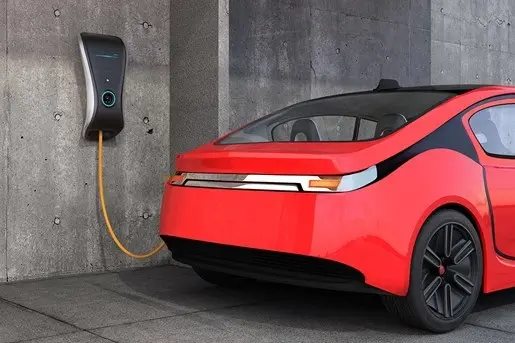While world cities occupy just 3% of the earth?s land today, they account for two-thirds of the worlds energy demand and 70% of global greenhouse gas (GHG) emissions
As urbanisation increases and the world?s population expands, cities are also expanding rapidly. Urban areas are hubs of economic and cultural activity and continue to attract people looking to leverage the opportunities which cities provide. Today, 55% of the global population live in urban areas; the urban population is expected to increase to an almost 70% share by 2050.
Cities have large carbon footprints that impact their air quality and health. More than 91% of the global population is being exposed to air pollution beyond the limits set by the World Health Organisation. The sources of air pollution vary but heating and cooling of buildings and transport based on fossil fuels are main contributors. Cities need to curb emissions to increase liveability and create an environment for sustainable growth. Because cities? potential impact on climate and health is enormous, so too are their opportunities to make a difference.
E-mobility remains one of the best solutions for combatting the twin challenges of the economic and climate crises. In Europe alone, e-mobility will create more than one million new jobs in vehicle manufacturing, charging infrastructure deployment and supply chains by 2030.
Transport accounts for 23% of global energy-related greenhouse gas (GHG) emissions today and for 34% of the 2050 urban GHG abatement potential. Transport is also a major contributor to air pollution, accounting for around half of current global NOX emissions. Currently available electrification technologies have the potential to eliminate these emissions by 2050. But action is needed.
With steadily growing transport emissions, ambitious policies and economic stimuli are required to reverse this trend and ensure a fast transition to electric vehicles and a roll-out of charging infrastructure to support this process.
The advantages of the technology are clear: air and noise pollution are reduced, while emissions are eliminated. Electrification is the most flexible, energy efficient and sustainable way to decarbonise the economy.
To help curb climate change by reducing emissions, comprehensive and rapid action is needed at both global and regional levels - but cities are a good starting point. The effects of pollution caused by transport are especially high in urban areas, where large numbers of people and vehicles move within a small geographical space and where ports are often situated. More than 80% of people living in urban areas are exposed to air quality levels that exceed World Health Organization limits, a phenomenon caused by using fossil fuel energy both to heat and cool buildings, and to power vehicles. To give an example, London is on the list of top-10 global cities where the chances of dying from transport pollution are high.
Cities occupy just 3% of the Earth?s land, but account for two-thirds of the world's energy demand and 70% of our global GHG emissions. But cities? high density of facilities and infrastructure also offers a unique opportunity to drive cost-effective technology innovations, and to exploit synergies between sectors to create a highly efficient energy system.
Source: Danfoss





